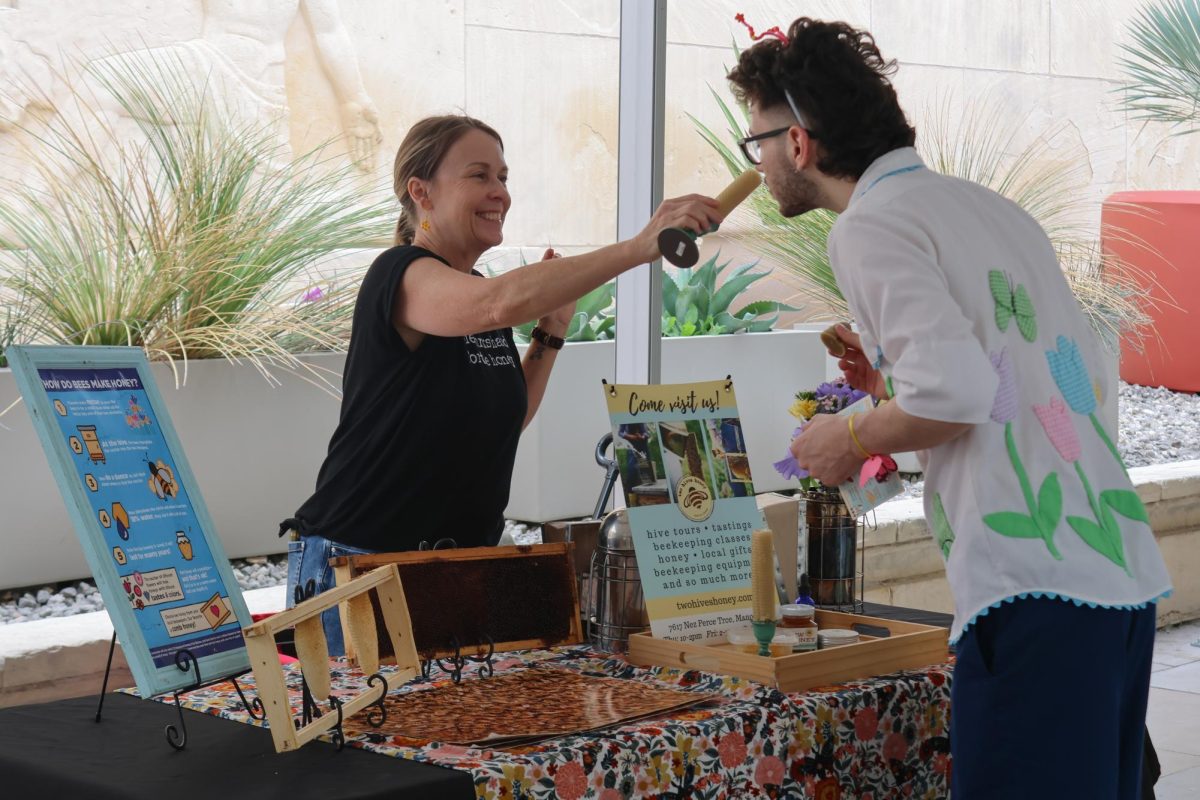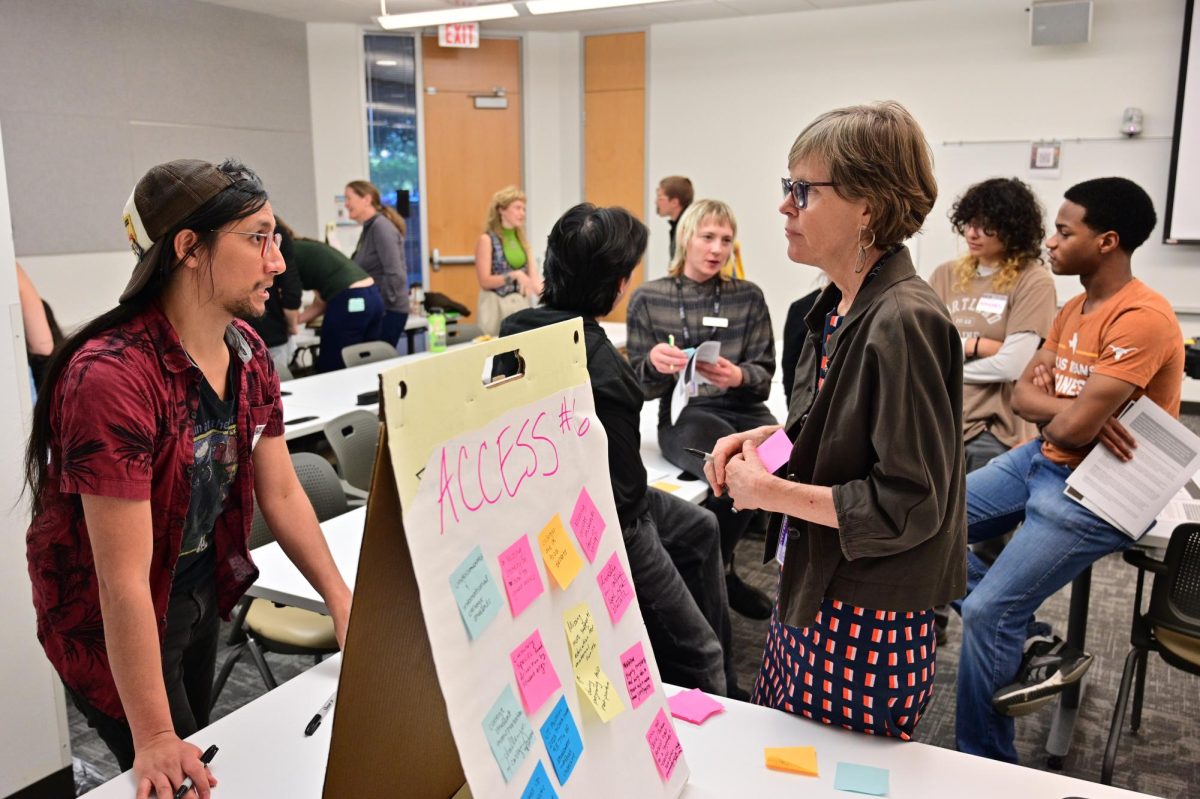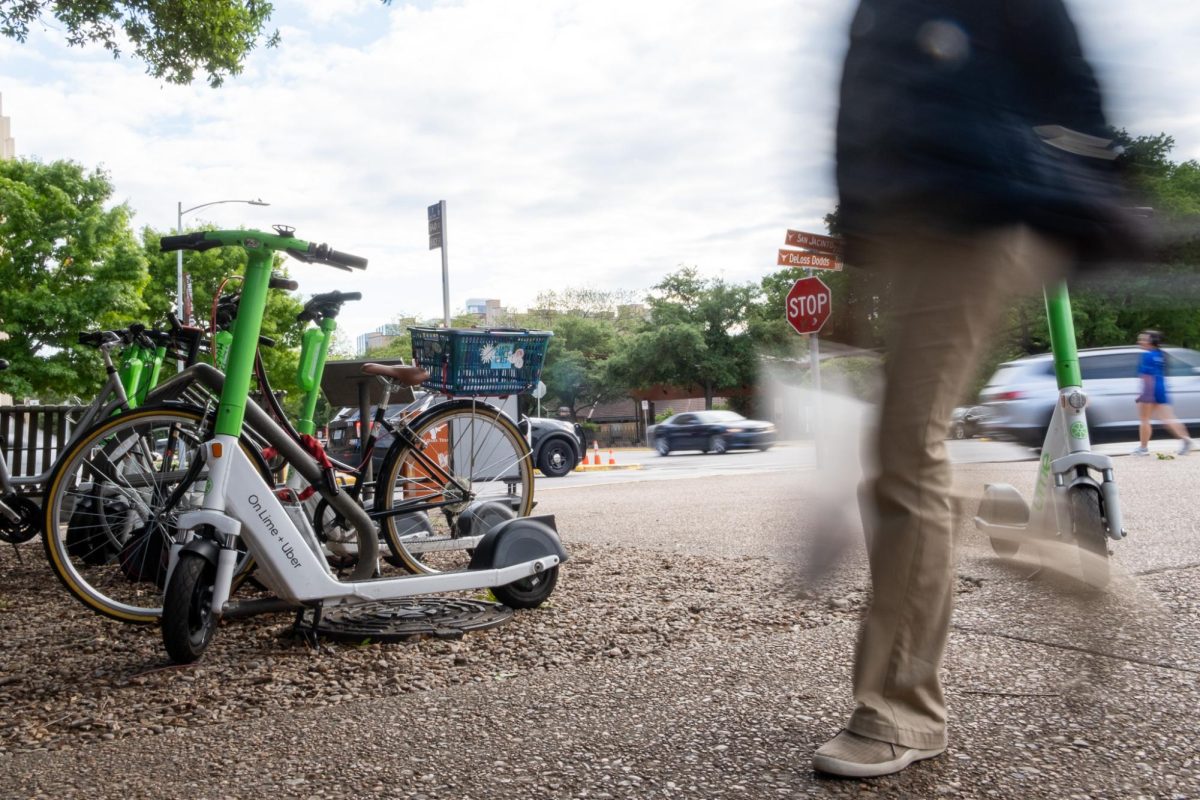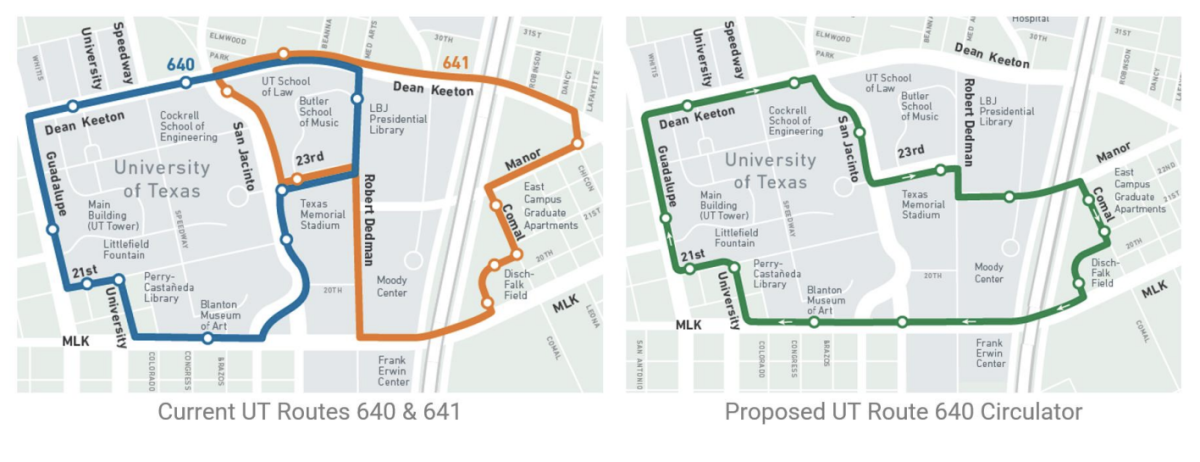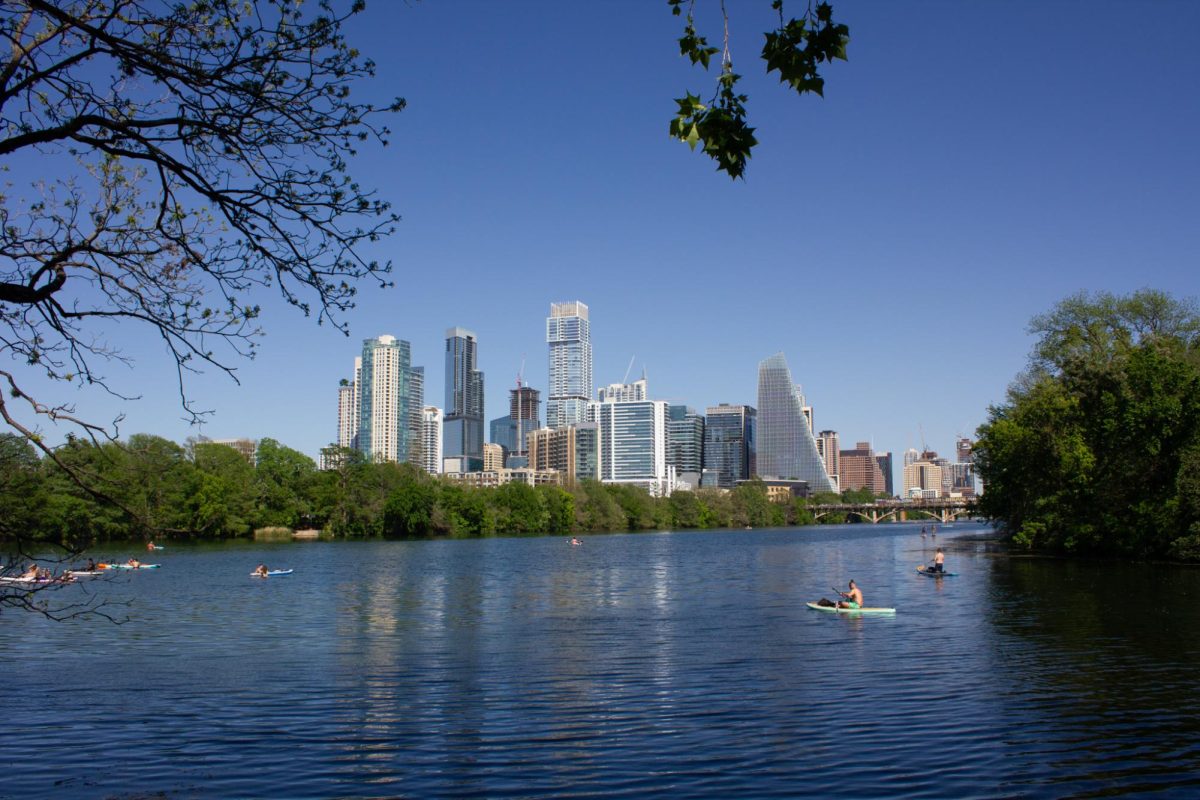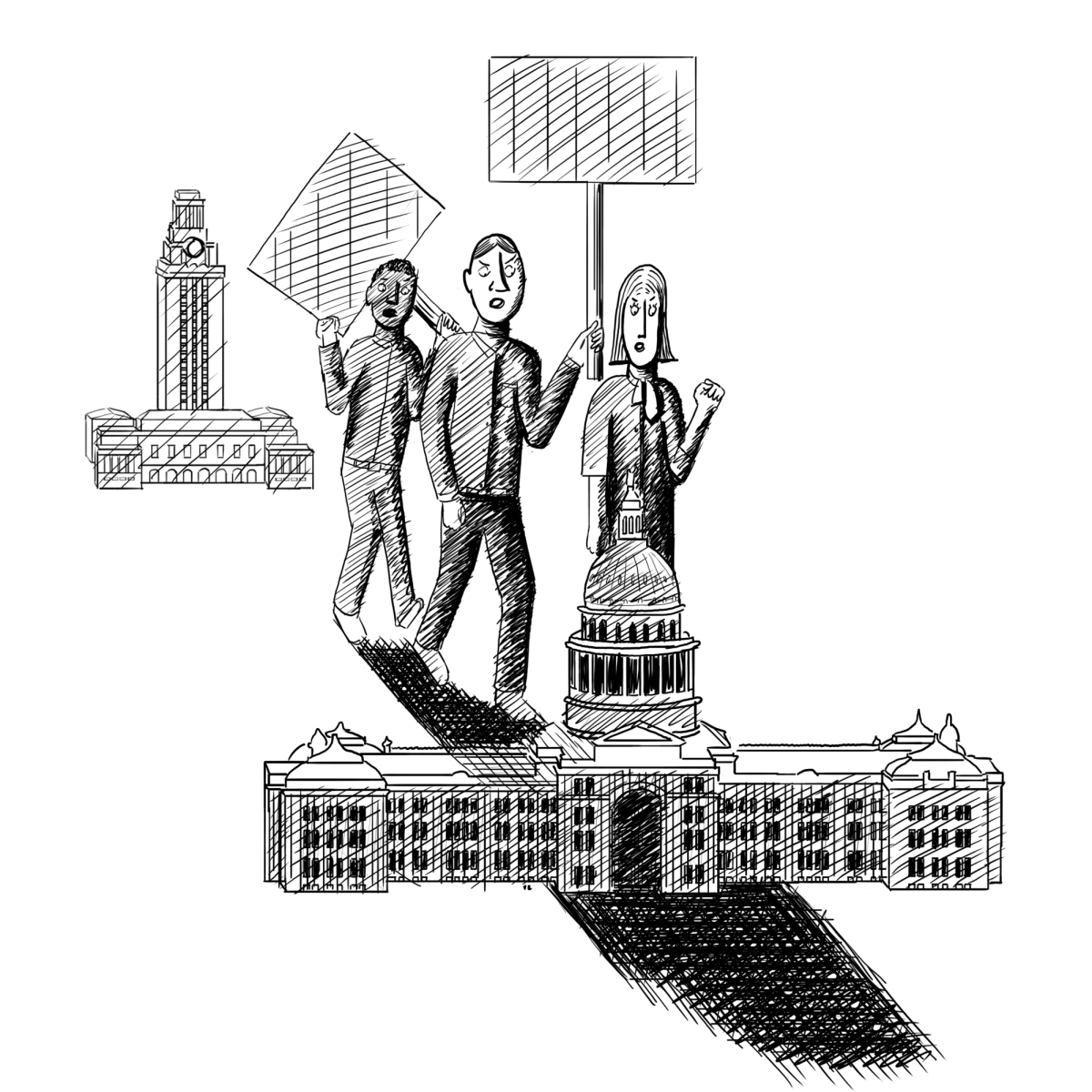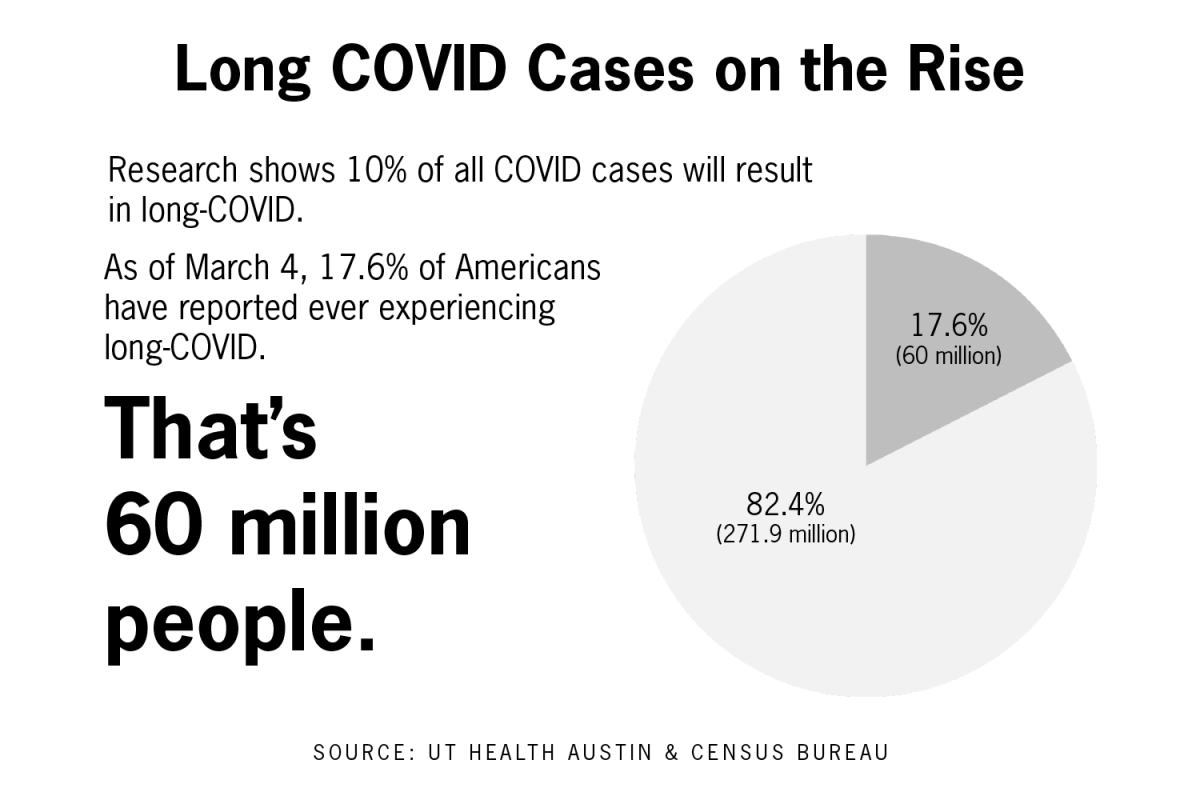Drivers in Austin can now more easily satisfy their need for speed with a 5 mph increase to the speed limit on toll roads outside the city.
The Texas Department of Transportation implemented a speed limit increase on toll roads state Highway 45 and state Highway 130 from 75 mph to 80 mph. State Highway 130 travels north to south from Georgetown to Mustang Ridge, and state Highway 45 connects U.S. Highway 183 to Interstate Highway 35 while traveling east to west.
John Hurt, public affairs officer for the Texas Department of Transportation, said toll roads are built to accommodate cars moving at high speeds.
“These roads were designed for traffic traveling at this speed,” Hurt said. “The site distance and distance between exits are spread out to allow rapid transportation while ensuring people are driving under safe conditions.”
Hurt said this speed limit increase makes the toll roads a more viable option for drivers looking to avoid traffic, even if they do not offer a direct route to some destinations.
“Toll roads can provide a faster drive than a busy Interstate Highway 35, even though they may be a longer drive in terms of distance traveled,” Hurt said. “They present an alternative to congestion caused by peak-time traffic or accidents. These roads are designed to provide a safe and efficient passage for drivers.”
Hurt said it is paramount that people driving on the toll roads are focused on the road and not their electronics.
“It’s never a good idea to be texting no matter what speed you are traveling at, much less at 80 miles an hour,” he said. “The risk you run is a hefty one. The distance and reaction time between you and another object or vehicle is decreased at high speeds, so the dangers of using your phone while driving are much greater.”
Jack Cramer, anthropology junior and member of Autoholics of Texas, said he and other Autoholics are pleased with the increase. However, Cramer also acknowledged that increased speeds can be costly and dangerous.
“It is a double-edged sword. Yes, you can get places faster, which is the goal of the increase,” Cramer said. “However, higher speeds means decreased fuel efficiency, and in the case of an accident, higher speeds have proven to be more dangerous.”
Cramer said people must be attentive when driving at such high speeds, especially students and young people who are on their phones while behind the wheel.
“Texting or talking and driving is an unsafe practice, although many of us think we are just fine doing so,” he said. “If someone in front of you slams on their brakes and you are looking down, bad things can happen.”
Sofia Uchoa, international relations and global studies sophomore, said the speed increase will allow her to travel home more quickly.
“I was really excited when I found out,” Uchoa said. “The first thing I did was tell my friend because we always have to drive home on the weekends to see our families. I’m ecstatic because it’s going to be a quicker, shorter drive, which means less time on the road.”
Uchoa said she does not see the higher speeds creating a significant potential for more accidents.
“I don’t think it will be much worse than people going 75 miles an hour,” she said. “It won’t change much in terms of driving hazards.”
Printed on Tuesday, April 3, 2012 as: Austin area toll roads see speed limit increase



